The Customer – The Zero Carbon House & Associated Architects
John Christophers of Associated Architects wanted to show that it is possible to turn an existing property into one with a zero carbon status. The Zero Carbon House, located in inner Birmingham, was built in the late 19th Century and is now home to John and his family.
The Challenge
The property needed to use many natural and unusual materials to produce at least as much energy as it took in. Mykon was asked to put forward a product that could help to achieve this goal.
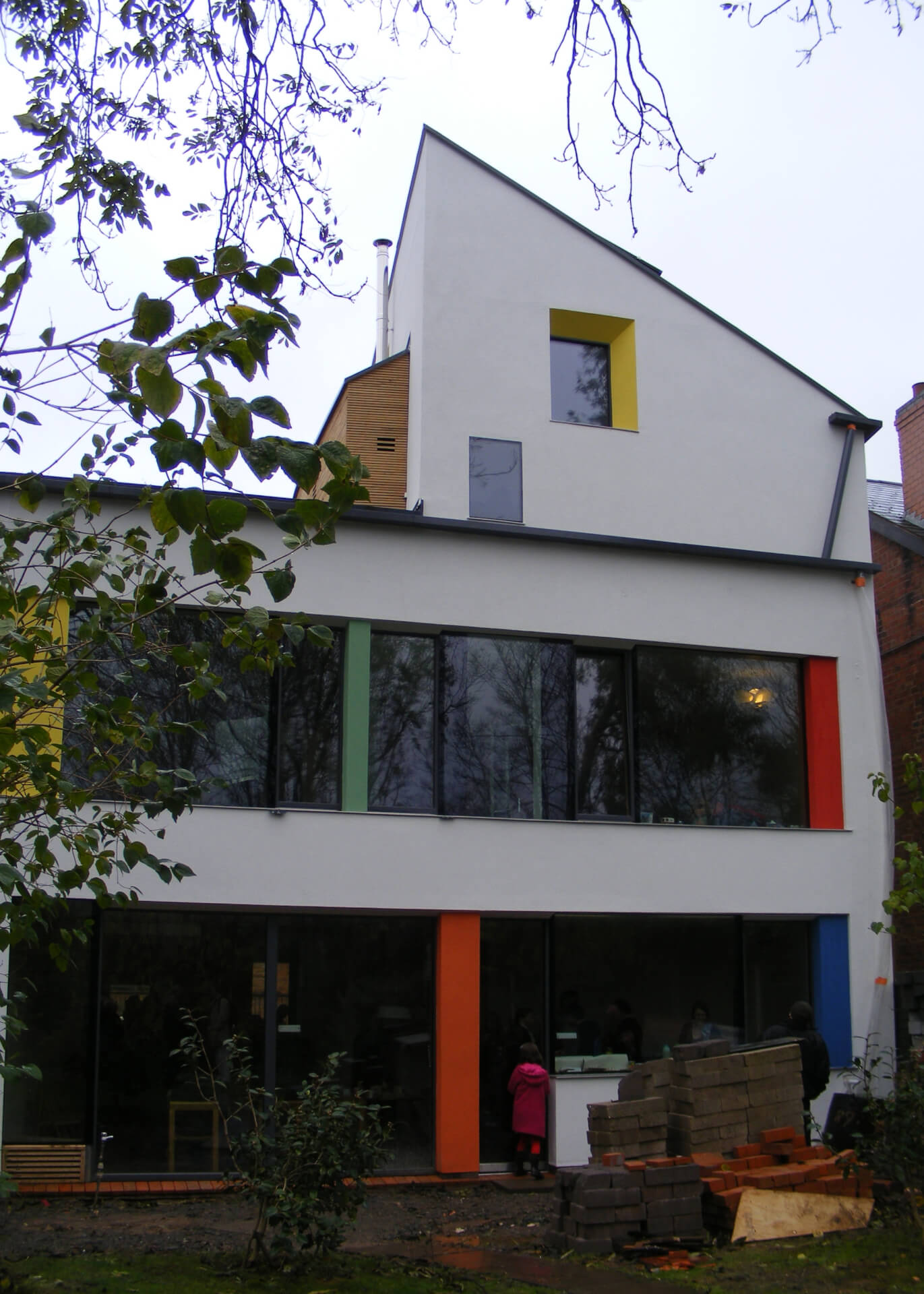
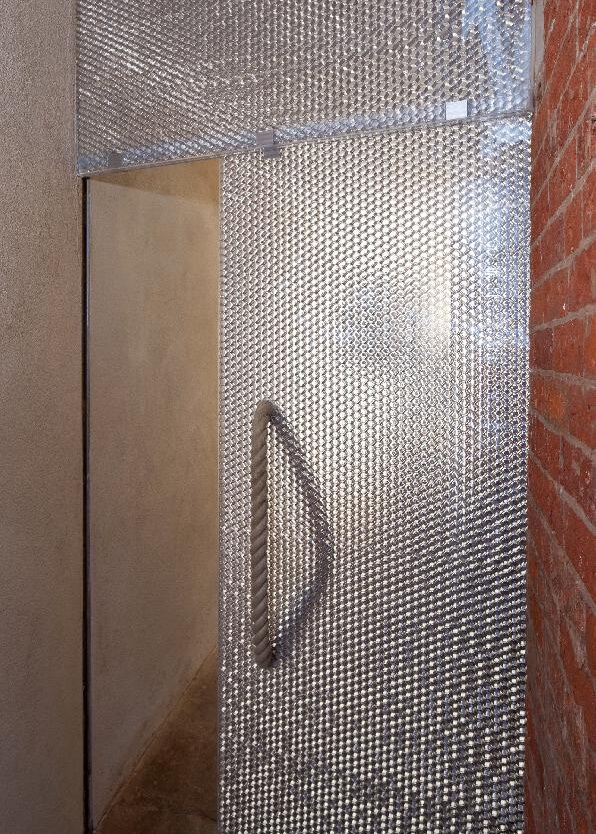
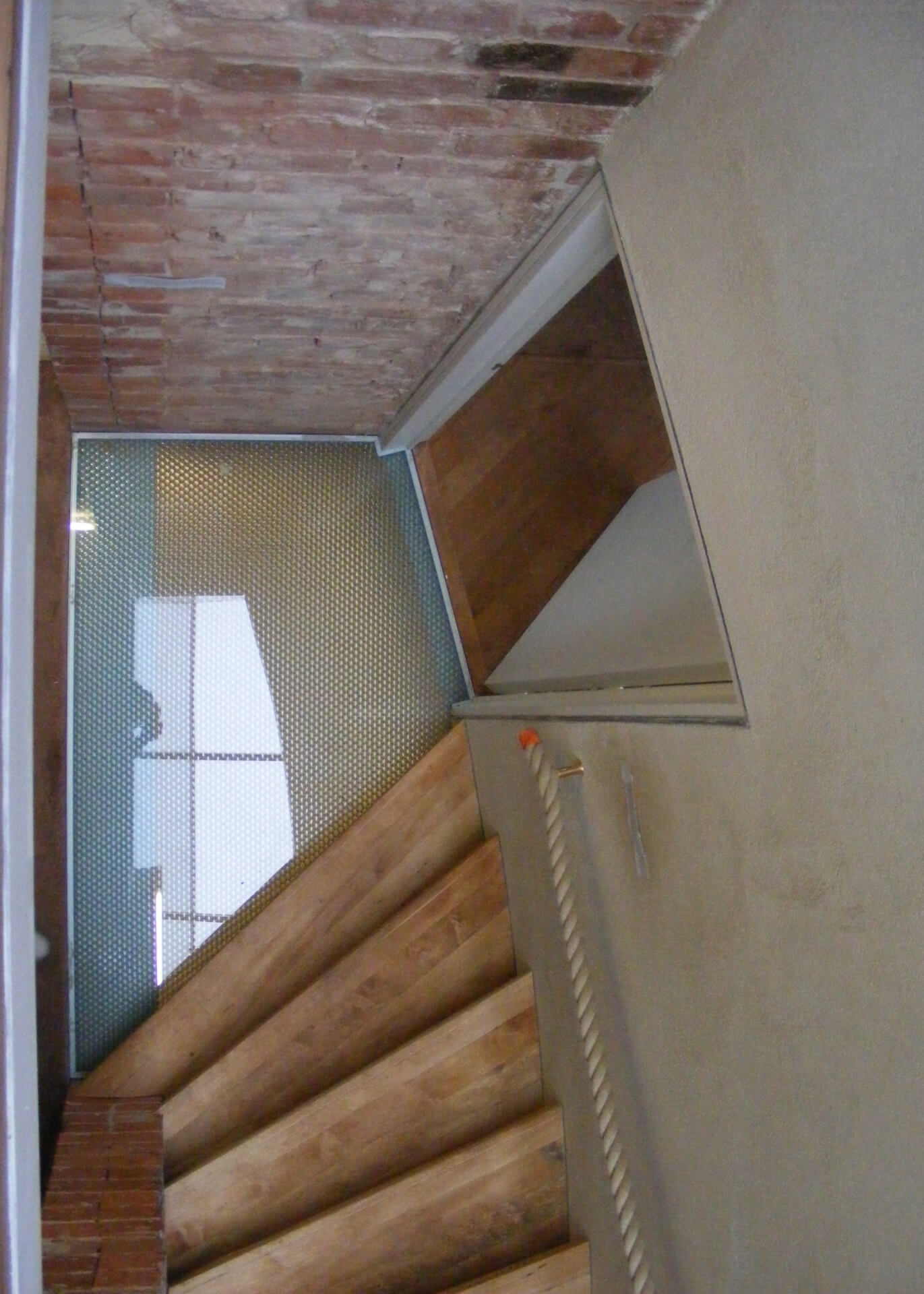
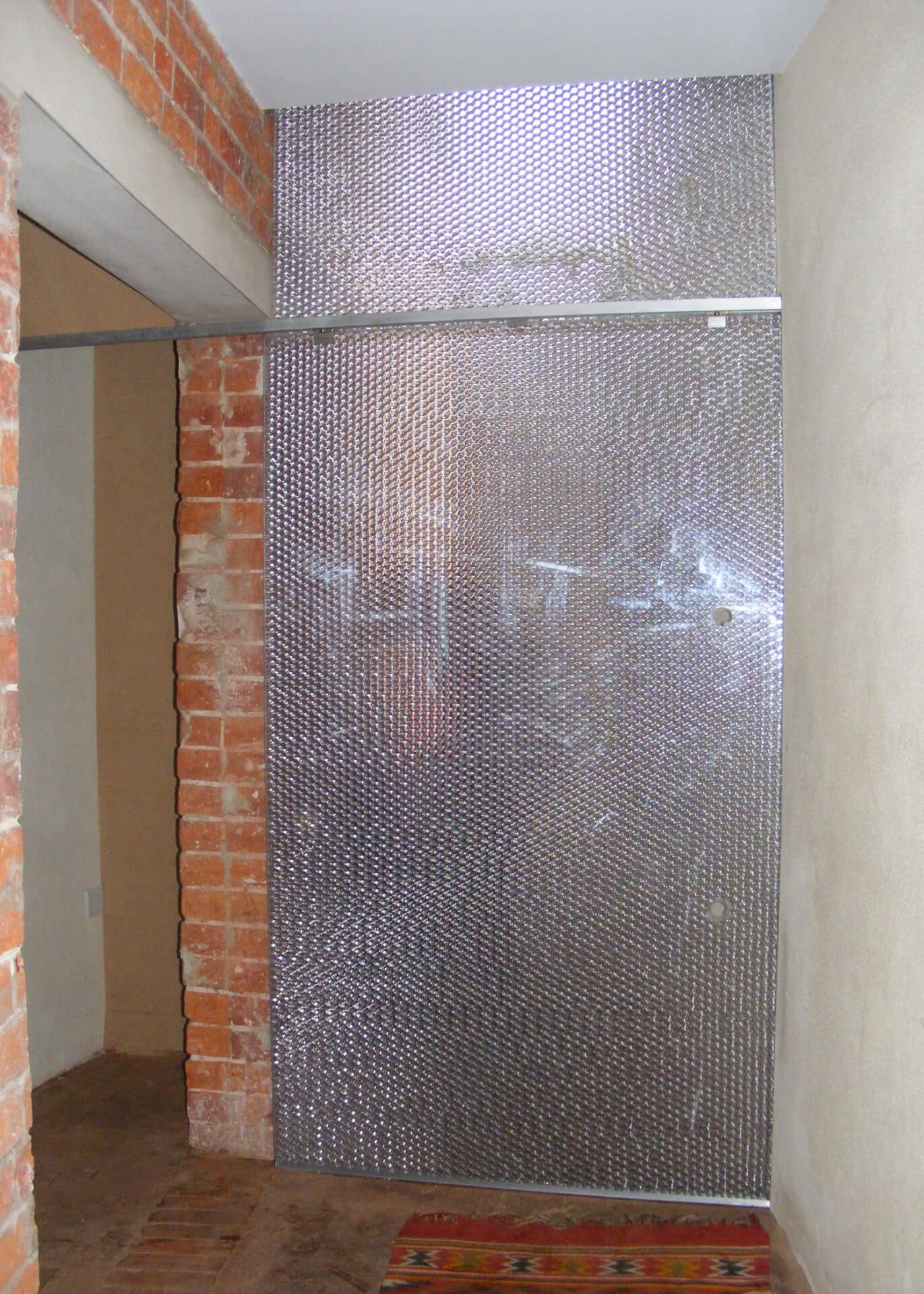
The Solution
A floor panel made from B-Clear with glass skins was used in one area of the house. Its 78% light transmission rate illuminates the previously dark space underneath the staircase.
Polycarbonate skinned B-Clear was also used as the draught door for the house, and several more panels were joined to make a floor-to-ceiling-height panel with a sliding door at the bottom. When shut, this door combined with the panel works to stop heat escaping from the house. The panels have better insulating properties than glass alone yet let through nearly as much light.
The Outcome
The project was completed to Code for Sustainable Homes Level 6 and has been tested by scientists to prove it would remain carbon neutral – even in an arctic environment. The B-Clear panels played an important part by reducing the need for electric lighting and allowing for savings on heating bills.
The Zero Carbon House was also awarded best building by the Royal Institute of British Architects (RIBA).
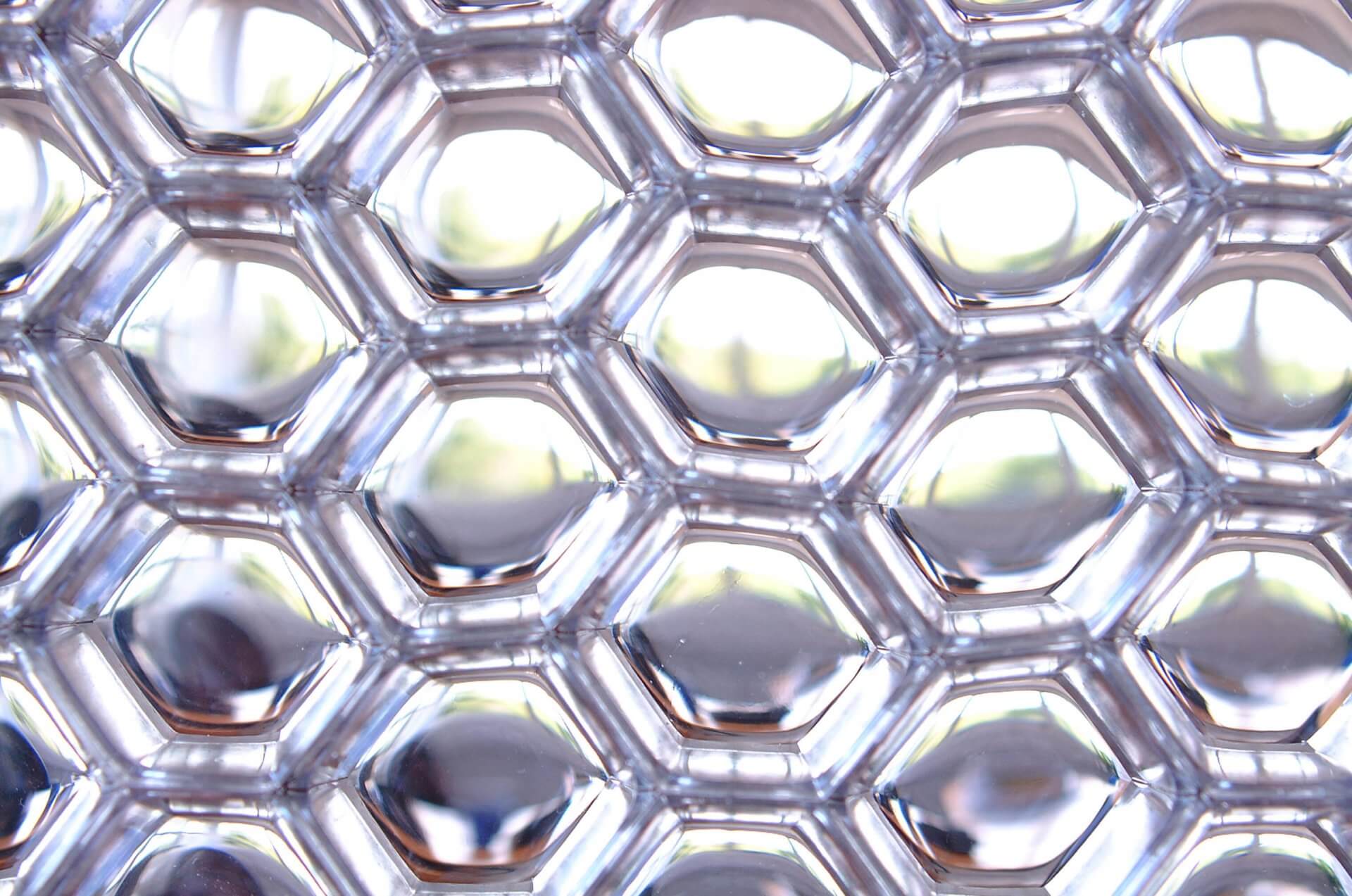
Product Used:
B-Clear
- Aluminium honeycomb core encased in glass or acrylic skins.
- Each individual cell allows light to pass through, but together the cells remain translucent to ensure privacy when it is required.
- Lightweight but strong, B-Clear is ideal for incorporating into partitions, screens and floors.
More about Mykon’s B-Clear product here.

